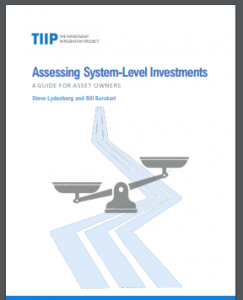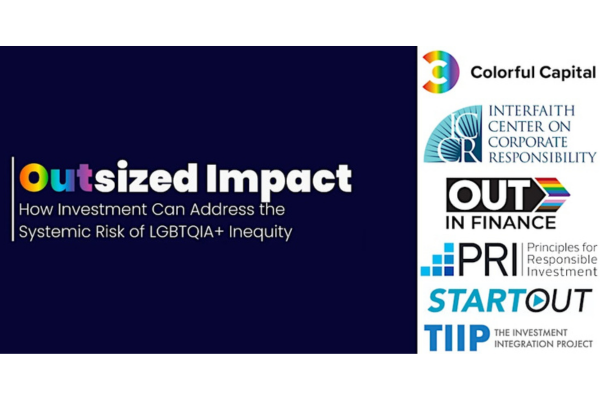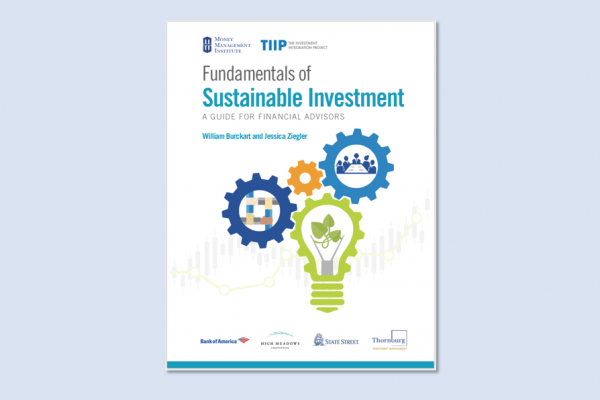New guide helps asset owners assess the performance of their system-level investments
New York, NY, April 21 2020- The financial industry’s increased emphasis on and adoption of sustainable investing raises several important questions: Is this trend a precursor to fundamental change in the theory and practice of investment? Is it just a passing fad? Or worse, an intentional exercise in “greenwashing”? If it in fact represents a fundamental change in how investment is to be conducted, how do asset owners know which financial products and services and which asset managers are truly addressing the major, material systemic social and environmental challenges of our time (e.g. climate change and income inequality)?
Download the report, register for a May 12 webinar to review key findings, and check-out coverage of the report by Bob Eccles in Forbes.

A new guide from The Integration Investment Project, “Assessing System-Level Investments: A Guide for Asset Owners,” adapts lessons learned from foundations and governments to help asset owners identify which managers are effectively addressing systemic challenges. It helps them to separate those managers that are genuinely committed to influence at system levels from those more narrowly protecting their portfolios from specific risks and failing to act on the systemic nature of these risks, and to sort through managers’ claims related to environmental, social, and governance (ESG) integration, alignment with the UN Sustainable Development Goals (SDGs), and self-identification as “long-term” investors to determine which managers are really and truly acting to influence systemic issues.
Among other things, the guide recommends augmenting accounting facts and figures that evaluate managers’ credibility and financial sustainability with qualitative judgement. It outlines basic assumptions about the evaluation and assessment of social and environmental outcomes that are often overlooked by investors and proposes six dimensions for evaluating how well managers address systemic risks and rewards:
- The clarity and credibility of their beliefs or principles about systemic challenges;
- Their justification for focusing on certain social or environmental issues;
- The appropriateness of the tools they are using to confront identified challenges;
- The effectiveness of the application of the tools at key leverage points;
- Their efforts to align the interests of key stakeholders; and
- Their progress toward achieving systemic goals and generating system-level influence.
With these assumptions in place, the report goes on to provide recommendations on how to evaluate the performance of asset managers against systemic social and environmental outcomes. This includes evaluating the clarity and consistency of their beliefs; their justification for focusing on certain social or environmental challenges; the types and effectiveness of the tools they are using to confront certain challenges; their engagement of necessary stakeholders; and the progress towards outcomes.[/vc_column_text][/vc_column][/vc_row]



